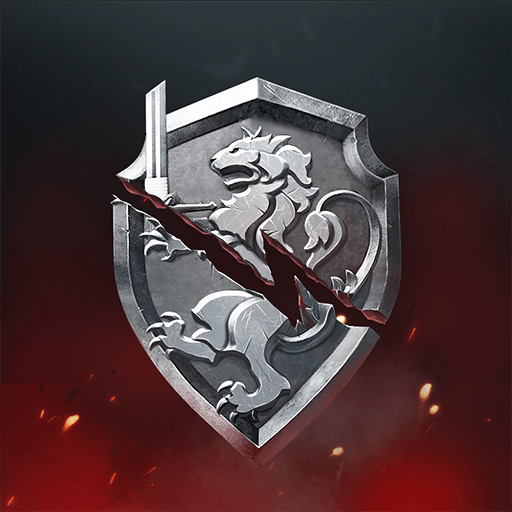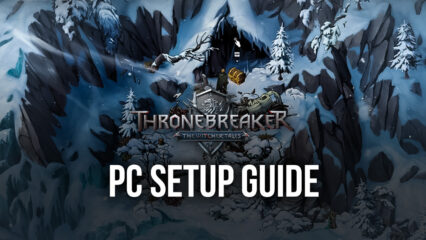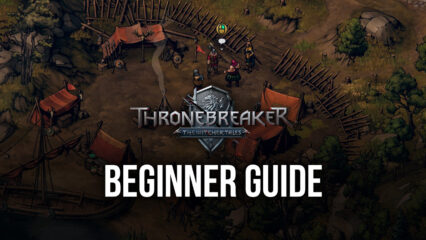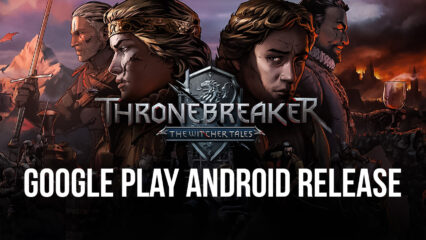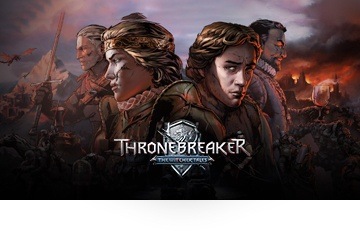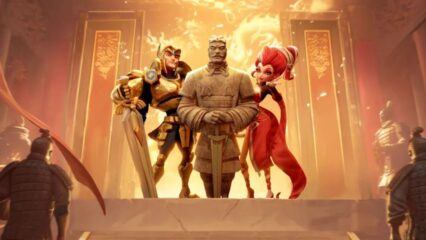BlueStacks’ Tips and Tricks for The Witcher Tales: Thronebreaker
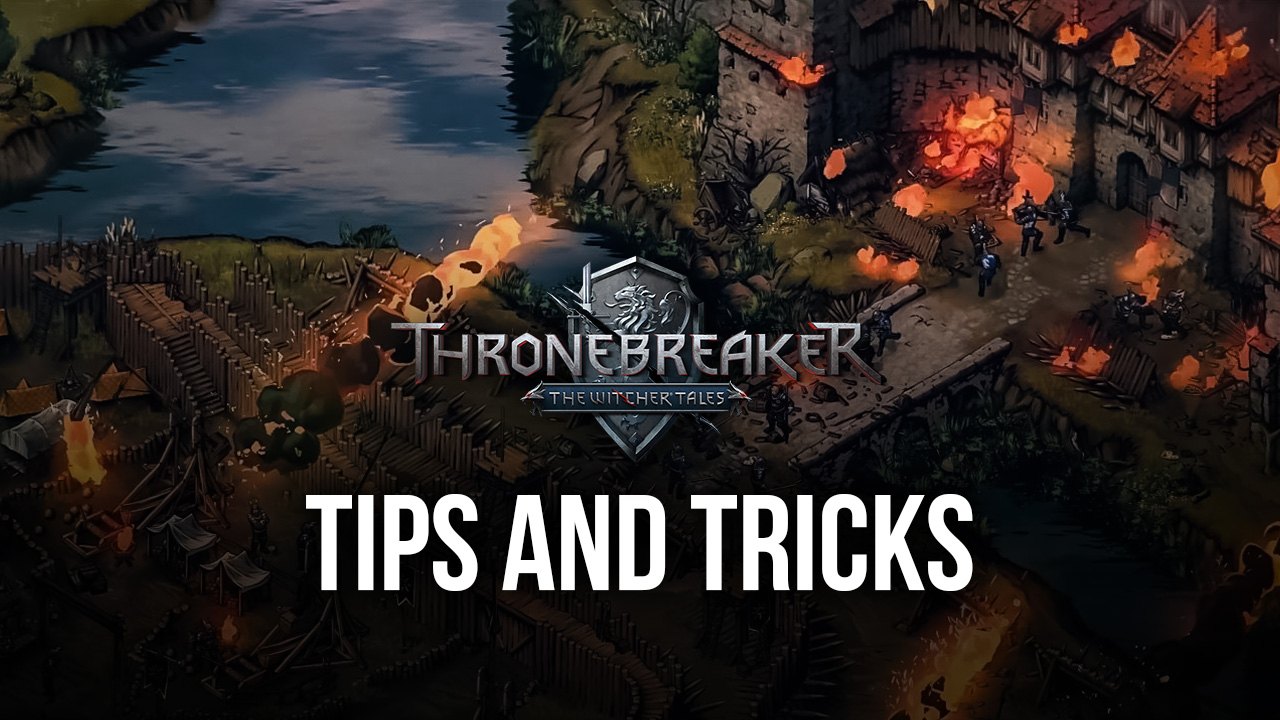
The Witcher Tales: Thronebreaker just released on Android, giving mobile gamers the opportunity to dive deep into the expanded Witcher universe, and enjoy countless matches of Gwent while following the journeys of Queen Meve, the ruler of the twin kingdoms of Lyria and Rivia. In this game, you’ll be building decks, fighting a multitude of opponents in high stakes Gwent matches, and also take part in a thrilling and exciting story where your decisions actually matter and will greatly affect the outcome.
Thronebreaker takes many RPG storytelling tropes and combines them with the awesome gameplay of Gwent, the minigame that was first introduced in Witcher 3, and then expanded upon in its standalone spinoff. The result is an awesome single-player experience with many branching paths and compelling plot points, all revolving around Gwent matches.
With that being said, here are some great beginner tips for Thronebreaker, which will come in handy if you’re just starting out in this CCG.
Story Decisions Matter, But Are Reversible
As we mentioned a few moments ago, Thronebreaker features a long and sprawling narrative to complement its gameplay. In fact, the story is about 30 hours long, which for mobile game standards is quite a lot. In this sense, you can expect to be sitting in dialog just about for as much time as you’re in the field defeating enemies in heated matches of Gwent.
One of the best aspects of Thronebreaker’s storytelling, however, is that in true RPG style, your decisions not only carry significant weight in the story as it unfolds, but they can also lead to a variety of different endings. In this sense, depending on the choices you make in Queen Meve’s name, your journey can be much different than that of other players. For this reason, Thronebreaker is better suited for RPG fans who don’t shy away from a good story. If you’re here more for the Gwent and less for the story, then the standalone Gwent game will be more suited to your preferences.
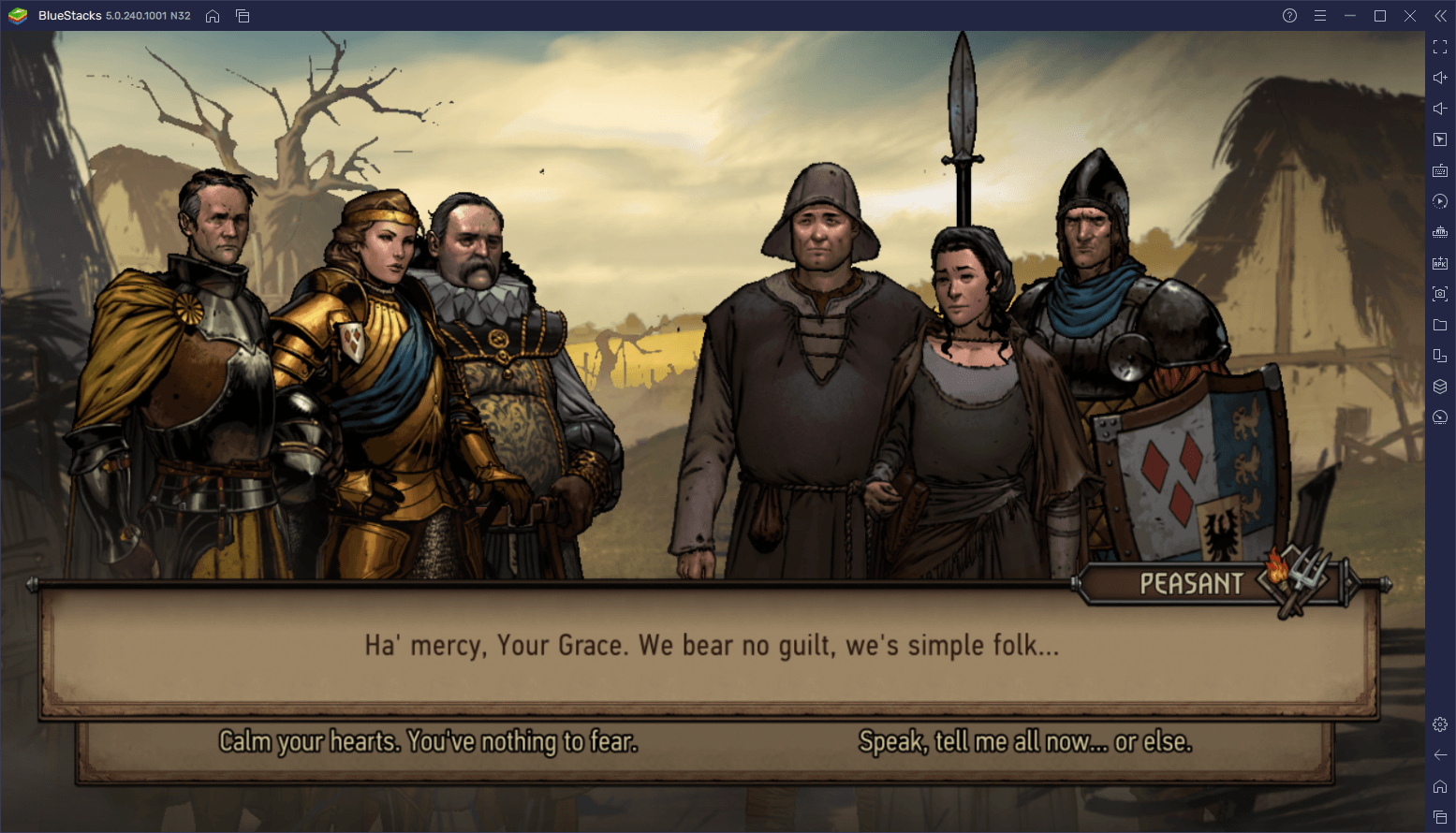
However, despite the relative permanence of your decisions in Thronebreaker, you can actually reverse their effects if you’re fast enough. Whenever you make a decision you’re not happy with, you can immediately close the game before exiting the dialog and the game autosaves. You can repeat this for as many times as you want until getting the desired outcomes.
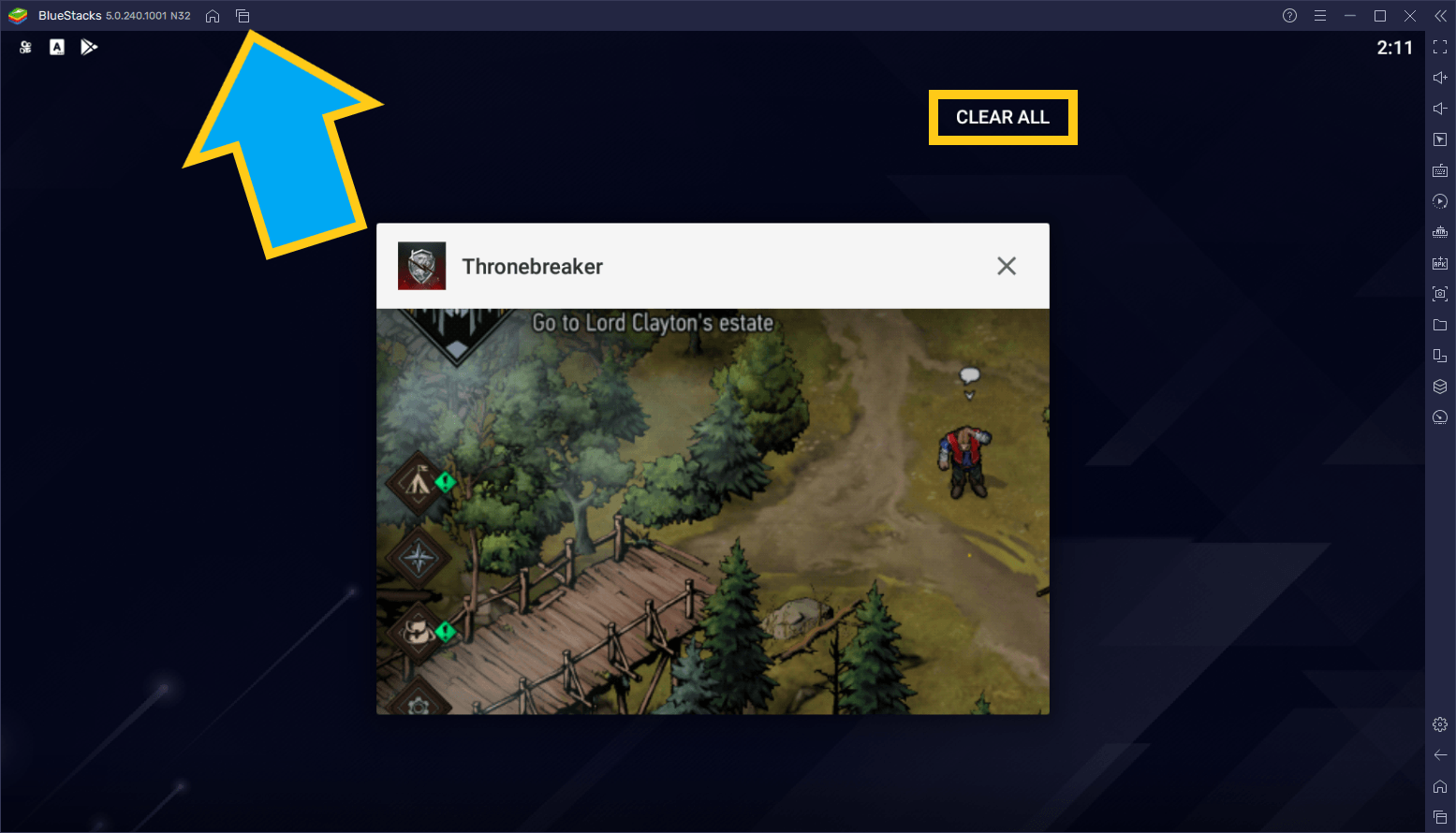
Alternatively, you can play Thronebreaker on PC with BlueStacks and use the Instance Manager to play Thronebreaker on multiple different instances at the same time. Not only do you get to play more Gwent in this manner, but you also get to see all your different choices unfold, without having to unfold if you’re not happy with your decision.
Check Your Camp Often
Shortly after starting the game, you’ll get access to the Camp feature, in which you’ll find many different tents and buildings. This place is where you’ll be managing your decks as well as purchasing upgrades to unlock new features and stronger and better cards. And once unlocked, you can pay resources in the Command Tent to recruit new cards, as well as add them to your deck.
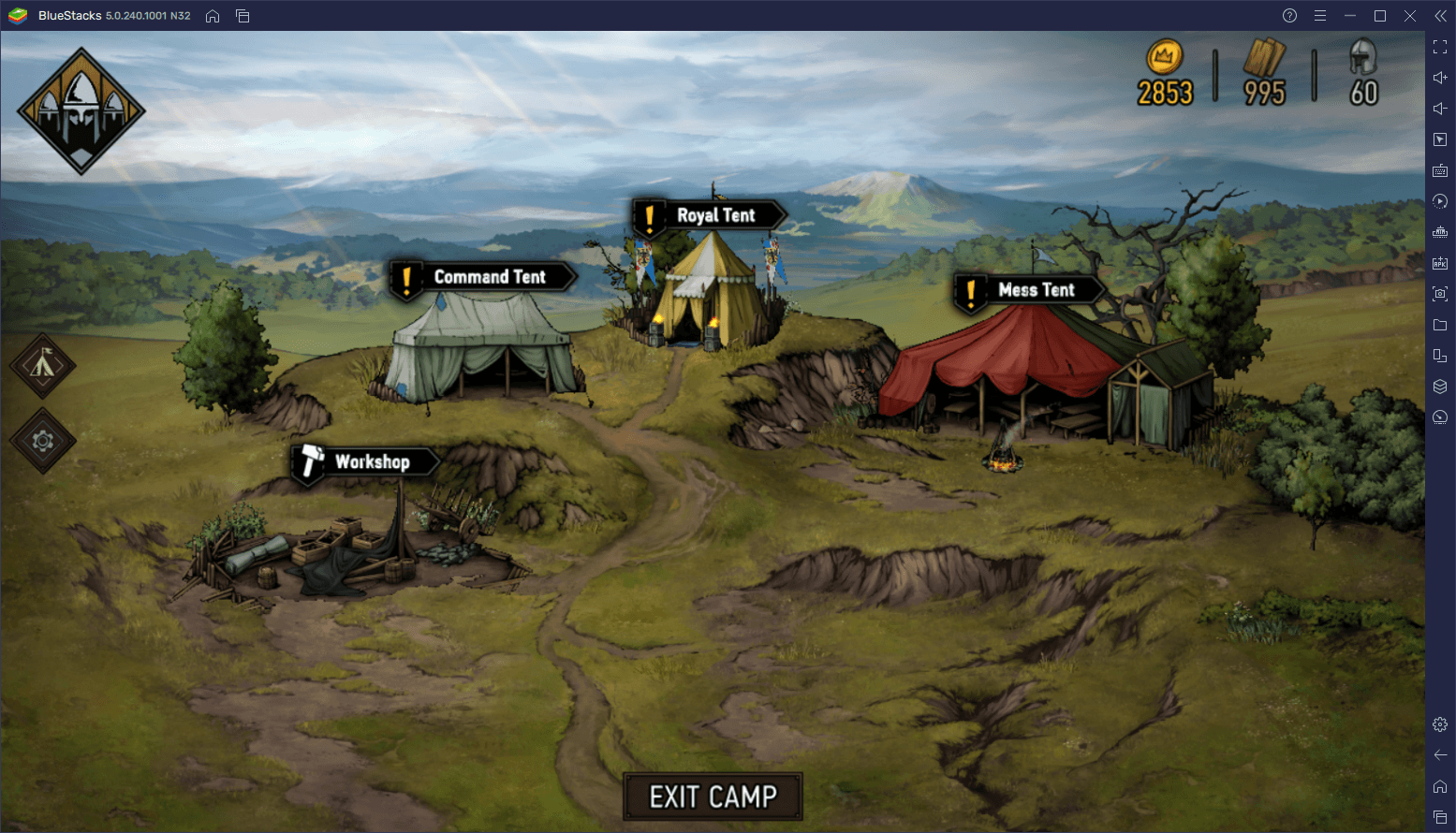
Your deck in Thronebreaker is subject to a few rules, which we’ve discussed in another article. Nevertheless, the Camp is the only place where you can view and edit it, which will be pivotal for preparing for the tougher battles. In this sense, whenever you finish a difficult challenge, or progress through a pivotal moment in the story, we suggest swinging by your camp to see if there are any upgrades available.
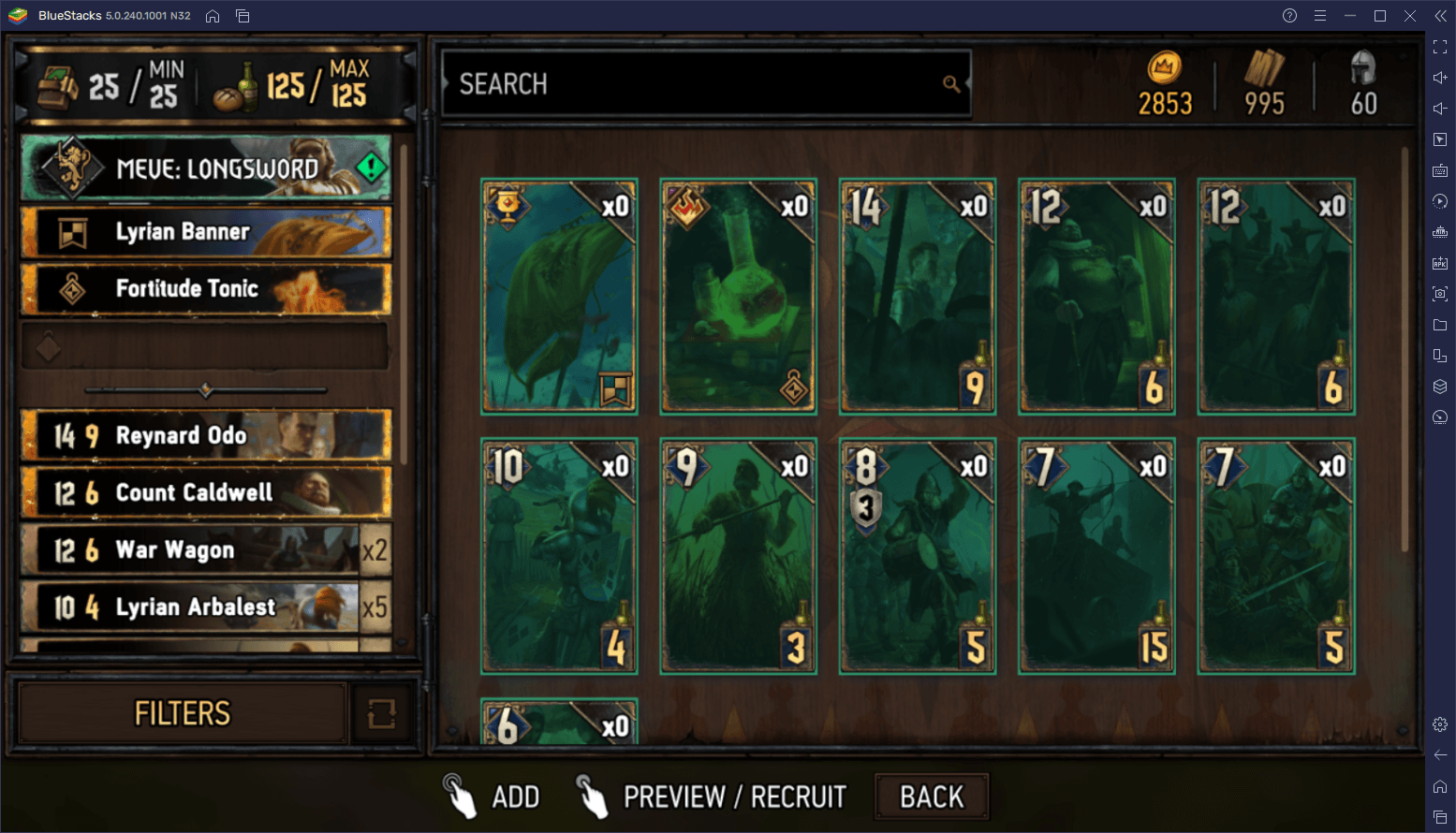
Keeping your army sharp and upgraded is the key to success in this CCG.
Interact With Every Single Element in the Overworld
Whenever you’re not in a cutscene or in the battlefield, you’ll be running across the land to your next destination. However, aside from pretty sights and beautiful, hand-drawn backgrounds, there are many different elements with which you can interact in Thronebreaker. These interactable objects are marked by a special icon in the overworld. In this sense, if you see an object or a person with an icon, that means you can approach them and then hold the button over them to interact with them.
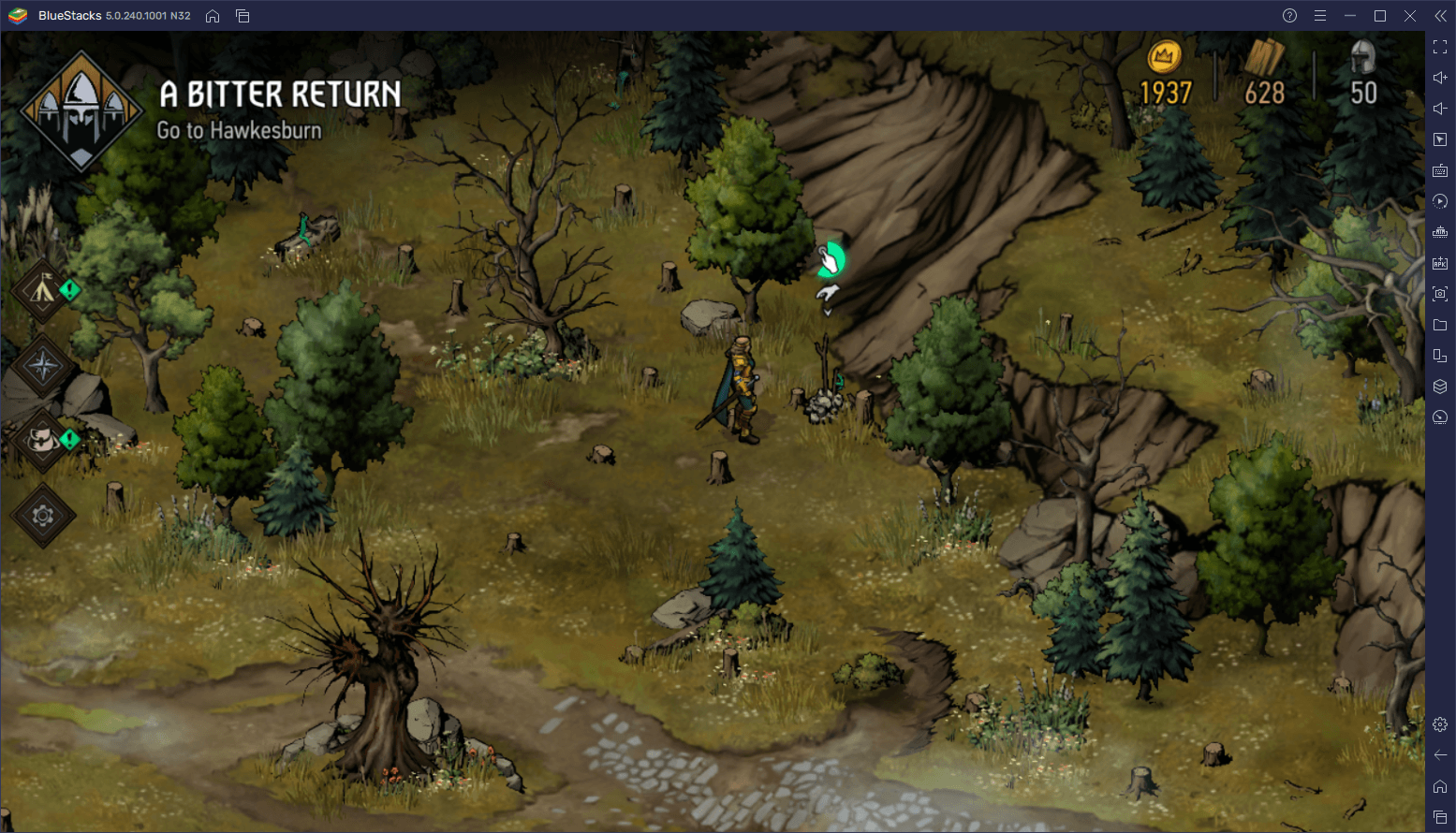
Interacting with these elements can often yield many different rewards, not least of which being valuable resources that are necessary for upgrading the buildings in your camp, or for recruiting new units for your army. Wood, Crowns, and Recruits are all scarce in Thronebreaker, which is why you should definitely try to procure them from each and every source of them you come along in your travels.
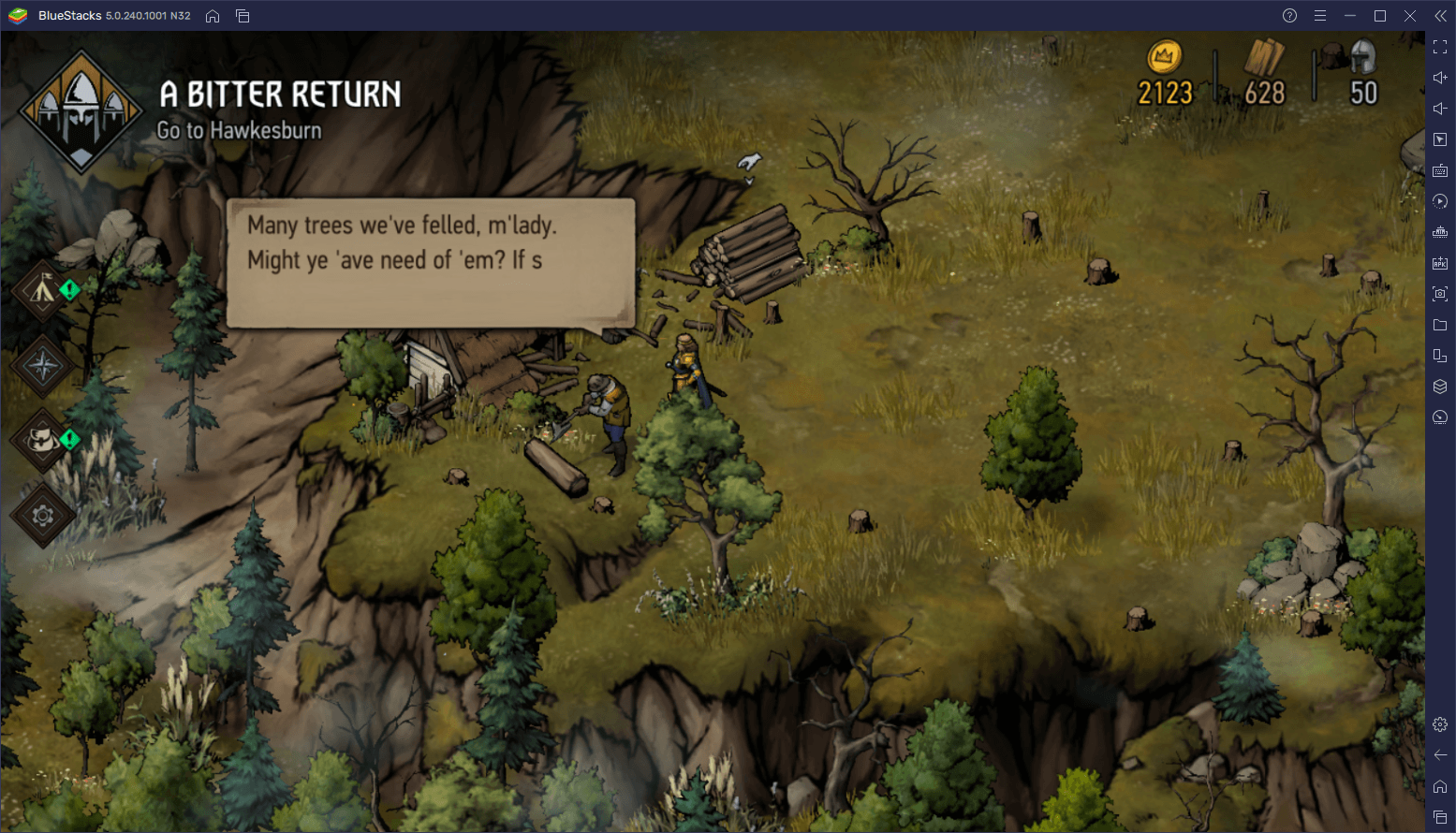
Another important aspect of the exploration in this game is your army morale, a stat that can often give you an extra push on the battlefield. Your army’s morale is represented by the icon on the top left corner of the screen. The frame and color of the icon represents your current morale level, and this stat comes in three different presentations:
- High Morale: Upwards pointing triangle with a green background; all friendly units get +1 strength when deployed on the field.
- Neutral Morale: Diamond-shaped frame with a yellow background; no bonuses or detriments.
- Low Morale: Downwards pointing triangle with a red background; all friendly units get -1 strength when deployed on the field.
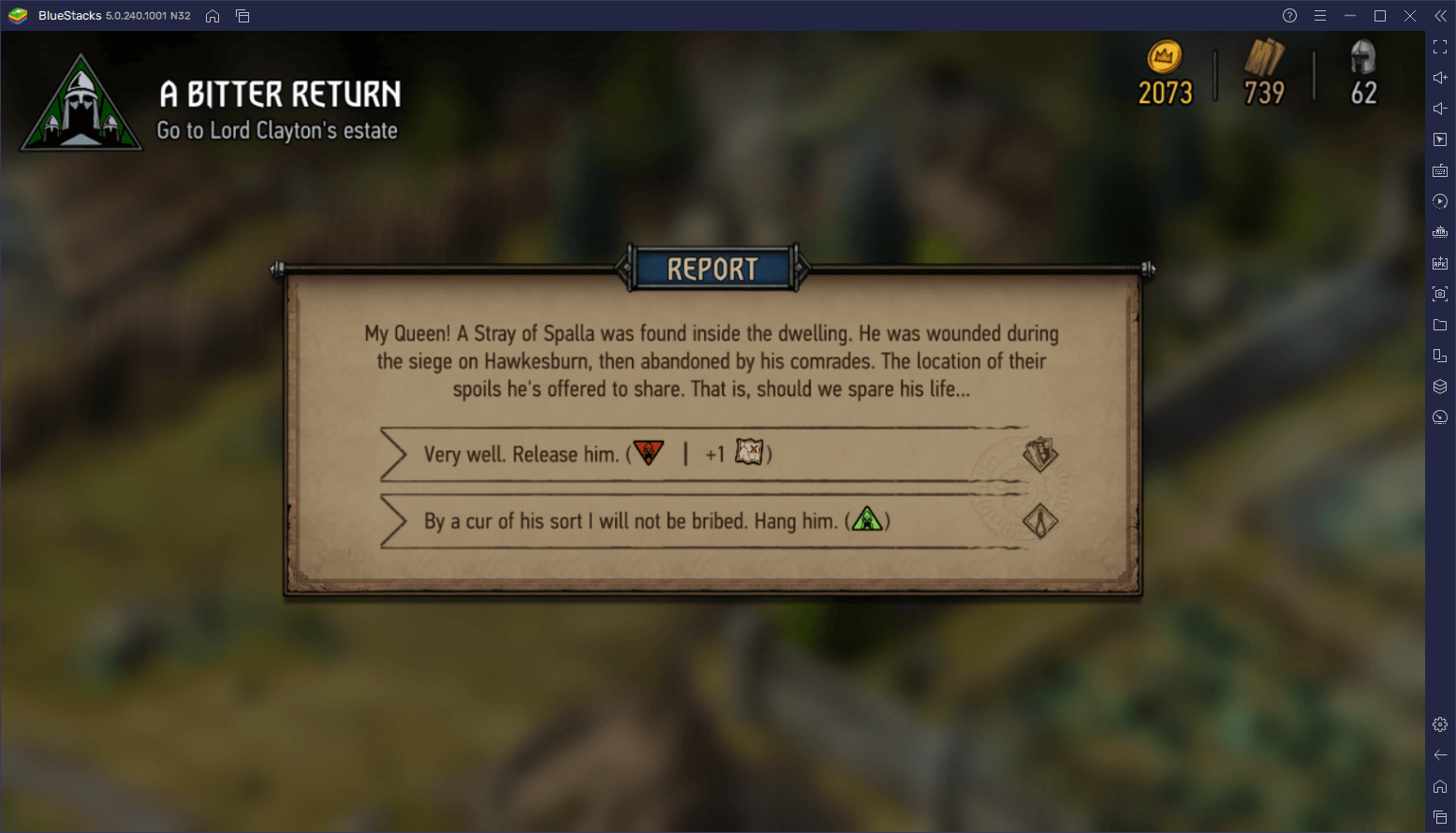
Morale points are another aspect of Thronebreaker’s narrative elements, as the only way to increase this stat is by interacting with objects in the environment, and choosing the correct options. Meve’s decision will not only affect the story in the long run and eventually lead to different endings, but they might also have an immediate impact on the status of your army, represented by their morale level.
Once again, we strongly suggest reading through all the dialog in the game to truly immerse yourself in the story and choose the options that lead to the routes you want. In other words, while Queen Meve has her own backstory and overall personality, she’s somewhat of a blank slate for the player to immerse themselves in.
Save Your Best Cards for the Next Rounds
If you can win a round without spending all your cards, then you could save them for the next round to have a much better chance of winning the war. The objective of Gwent is to have more strength than your opponent by the time both players pass their turns. Whether you’re leading by 1 point or by 100 makes no difference; you’ll still get the win. In this sense, there’s no point in overkilling your enemy; the more cards you hold onto for the next rounds, the better your odds of winning the match.
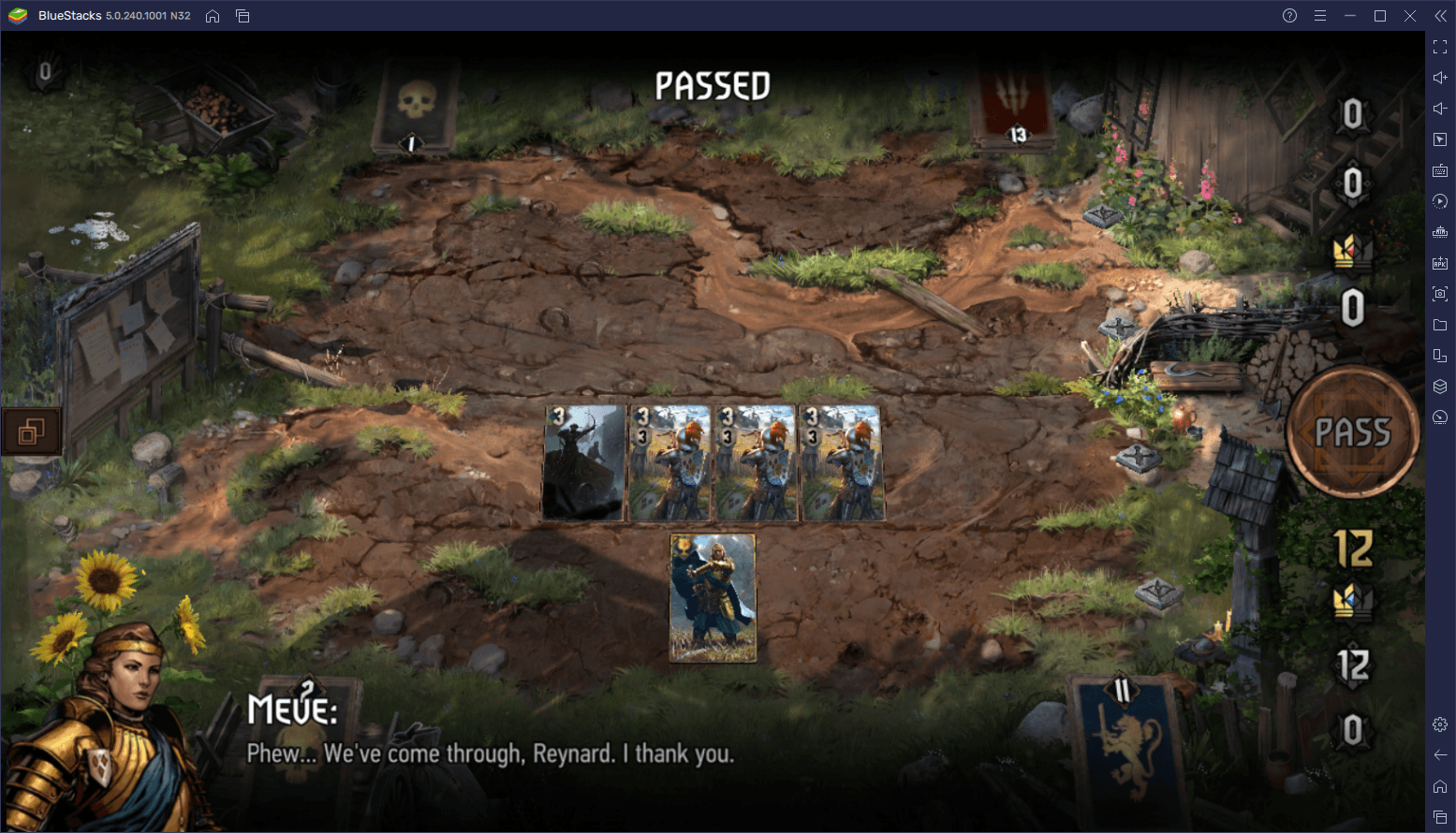
The same goes for losing rounds: If you have a clear advantage in the match, and are winning by one point, a good strategy would be to lose the round intentionally, while baiting your enemy into playing their strongest cards to tie the match. By holding onto your strongest and most useful cards, while making your enemy use theirs, you can have a clear advantage in the third and final round.
These are just two basic strategies that, while simple, can really help to win certain matches. Sometimes, a good defense and turtling strategy can be the best offense.
Remember to Use Your Leader Skill
As newcomers to Thronebreaker ourselves, we found that it was really easy to forget about our Leader skills when playing. This is because your hero isn’t actually represented by a physical card, but by their 3D model standing on the edge of the arena. In other CCGs, these models are usually ornamental and don’t actually represent elements we can interact with. In this game, however, the way in which you use your hero skills is by interacting with this 3D model, and then either dragging it towards the desired target or area. Of course, the specific skill at your disposal will vary according to the equipment of the character that’s currently leading your army, which can vary as you progress through the game.
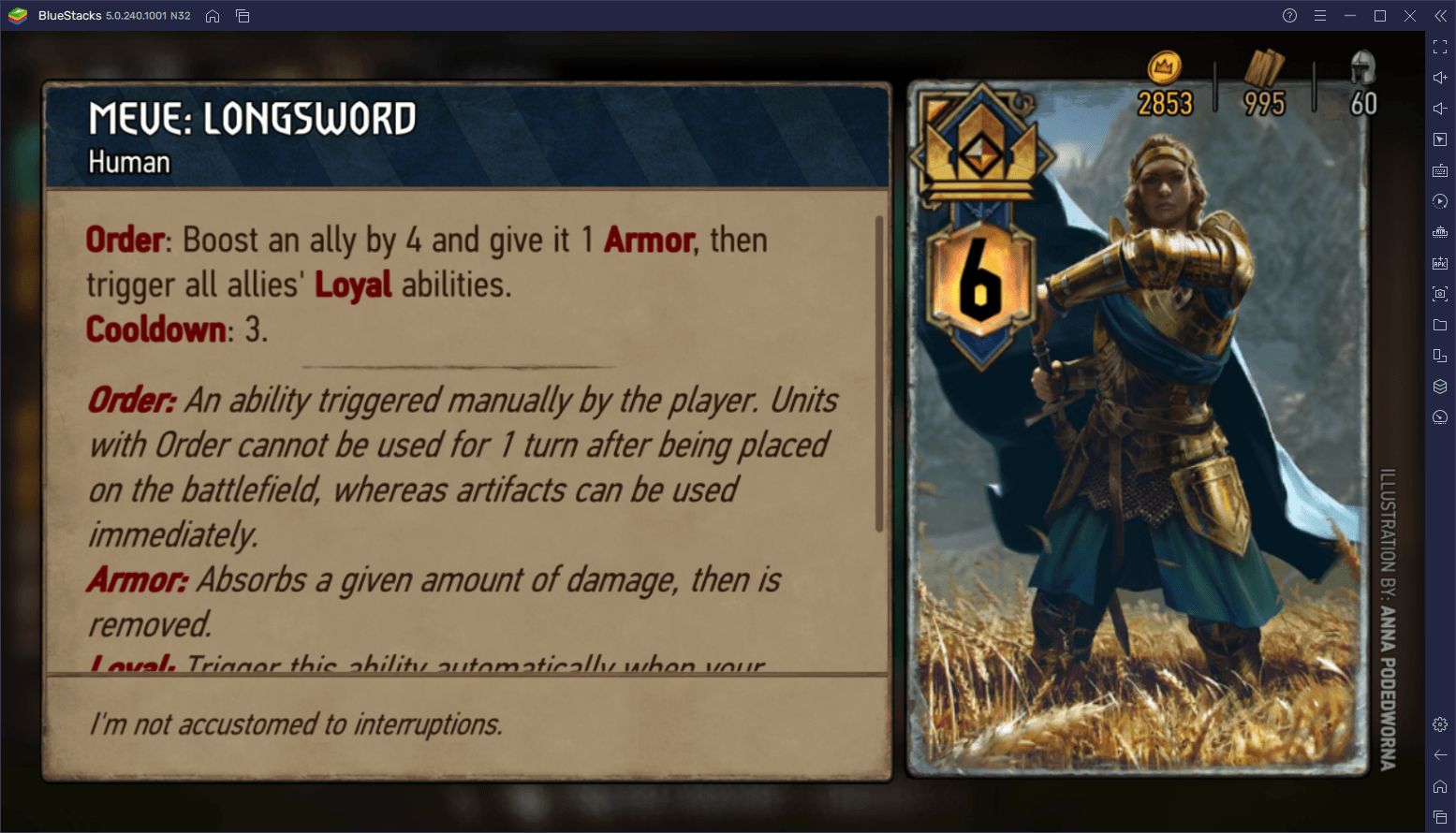
It’s worth pointing out that your leader skill often has a cooldown, and can be used multiple times per battle. Staying on top of this recharge period and using your leader skill often is the key to some strategies, particularly at the beginning of the game when you have Queen Meve as your leader, as well as a bunch of units with the “Loyal” trait. Using her skill appropriately can net you some easy wins early on.
Thronebreaker is a unique game that combines stellar CCG mechanics with RPG tropes and a heavy emphasis on storytelling and narrative. This is the perfect game for those who enjoy the strategic mechanics of a card game, but also like to immerse themselves in an excellent story with many branching paths. And with the tips we’ve shared in this beginner’s guide, you’re now ready to jump in and decide the fate of Meve, her kingdoms, and the entire Northern Realms!

